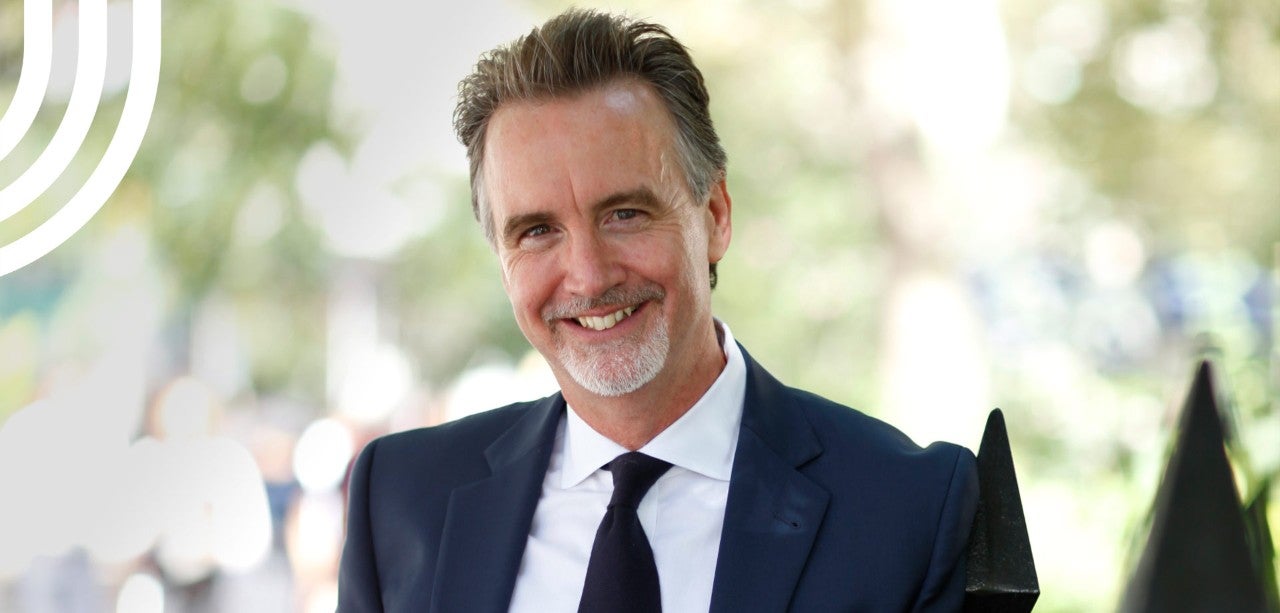
“There is no one size fits all”
The transatlantic relationship is returning to a new normal. Media planners from both sides are looking across the Atlantic for new insights into innovation, new approaches into targeting and entry barriers for brands for both markets. Phil Cowdell, CEO Mediaplus Americas, gives an insight into the challenges ahead.
The US today is more polarized than any time in history. What challenges does it pose for media planning to target such a polarized population?
Phil Cowdell: As media planners, the industry conventionally uses syndicated research to inform audience segmentation and targeting. These sources are typically constructed using demographics like age, sex, education, income, etc., and average media consumption habits. But this view of an “average American” can be hugely misleading. Take the topic of sustainability and business transformation – typical targeting would identify C-suite business professionals via syndicated research. In this case a 50 years old person with male bias, a higher educational background, a household income over 150,000 US-Dollar, who is reading the Wall Street Journal. But this would be ill-informed. The “Dis-united States of America” are now divided by beliefs – whether political, economic, societal or racial. Arguably, we are now in a post-truth environment, where beliefs trump facts. No pun intended. The new segmentation of America now falls in to: Open Believers; Hesitants; Skeptics; and Rejectors – and blur these at your peril! For example – going back to our C-suite target audience – twice as many men as women currently believe that “global warming is a hoax” – and amongst businessmen earning over 150,000 Dollar this number reaches according to recent US Believability Research studies 37 Percent. Clearly, lumping both believers and non-believers of any topic into one sociodemographic target would be both ill-advised and highly ineffective.
What are the biggest barriers to entry for European brands when they want to conquer the US market?
Phil Cowdell: Broadly, the biggest constraint to foreign brands entering the US was distribution. But e-comm has helped reduce this barrier – whether by a brand’s own “Shopify” site or via Amazon selling. Next comes winning the Share of Voice battle against native, established brands. The double jeopardy articulated by Byron Sharpe in “How Brands Grow” of brand spend relative to brand share affirms that conventional thinking presents a real and persistent barrier to new brands. But it misses the point. It requires break-through via brain-power, not wallet size. Unconventional thinking is the key to winning in America’s highly competitive retail landscape and advertising marketplace. Marketers and their agencies must dissect and truly understand the intended audiences’ beliefs, barriers and biases, and construct smart motivating ways to engage within these belief systems.
And conversely, what are the biggest barriers for US brands in the European market?
Phil Cowdell: The need to truly understand an audience as well as what gives your brand the right to be part of that consumers buying repertoire is fundamental to winning in all markets. For American brands – the big three barriers would seem to be: true audience insight, scaled distribution and sufficiency of share of voice. To all three of these – American export brands must not see the EU’s “Common Market” as a singular market – but a complex, dynamic collective of diverse attitudes and behaviors, customs and cultures, and languages and social norms. There is no one size fits all.
In the past, Europeans looked to the US to discover new media and digital trends, today we look to Asia. And where do US media experts look?
Phil Cowdell: Good ideas and insightful thinking occur in the large and small, near and far. We should always be open to explore and to learn – without prejudice or bias. It would only be our legacy mental models that hold us back. I admire how major marketers like Unilever, P&G, Kimberly Clark keep championing openness and curiosity with mantras including “Search and Reapply” and “Steal with Pride”. US marketers – and all marketers – must stay curious and want to be continuous students of both the immediate and the further out.
What can European media experts learn from the States and vice versa? And what can we all learn from Asia?
Phil Cowdell: With the Silicon Valley birthplaces of the majority of digital platforms and applications used globally, and the accessibility to both talent and capital – the US is still the preeminent location for media innovation – both recent and in the future. Arguably, China is now the next most significant location – but with a highly controlled home market and continued lurking presence of CCP involvement and agendas – it seems to be a huge outlier rather than a direct comparable. And in terms of innovation – referencing Peter Diamandis and Steven Kotler’s fascinating book “The Future is Faster than you Think” – we need to be scanning all regions and focusing on wherever innovators go beyond applying individual disruptive technologies such as AI, ML, autonomy and battery technology, etc. and focus on combining multiple disruptive technologies. This combination effect is what futurologist Ray Kurzweil refers to as quantum disruption and the Law of Accelerating Returns. Let’s all learn from everyone.
Interested in more content?
Back to Issue #4









